The timeless and powerful hero archetypes are featured in stories across all genres, from ancient mythology to modern fiction. Writing your own character-driven story? Curious about this fascinating literary trope? Read on for our comprehensive guide to understanding hero archetypes.
The hero archetypes feature at StoryboardThat is a useful tool that teachers can use to teach their different types in class. It enables teachers to create storyboards that give learners different perspectives on the plot, such as the hero’s journey. Incorporating this platform into lesson plans helps students gain a greater understanding of how characters represent the hero archetype.
Contents
What is the Hero Archetype?
A hero archetype is a character with heroic characteristics that appears in many stories and narrative works across different genres and cultures. It is important to understand the hero archetype to better appreciate its historical significance, recognize foundational storytelling tropes, and use it as an effective tool for crafting engaging narratives.
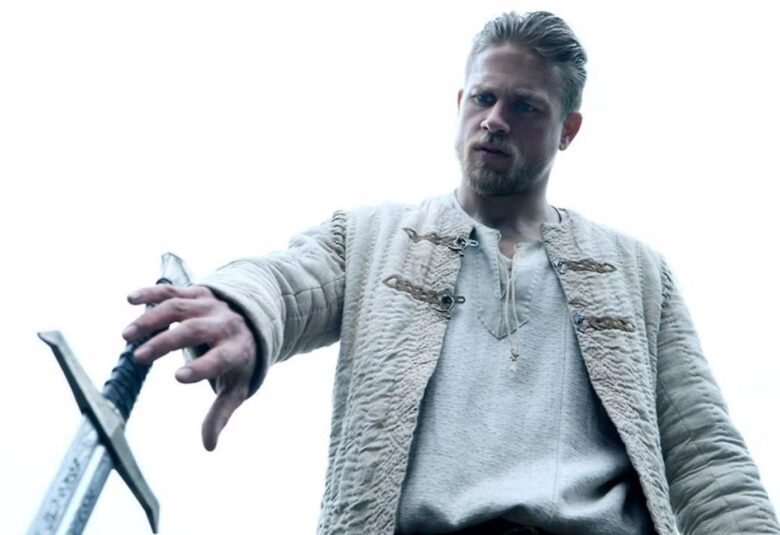
Source: slate.com
The Different Types of Hero Archetypes
-
Classic Hero
This traditional archetypal hero is seen as brave, courageous, and always ready to face any challenges that come his way. They are usually male protagonists who strive for justice and uphold moral principles with integrity.
Examples include Arthur from the Arthurian Legend, Beowulf from the Old English epic poem, and Odysseus from Homer’s Odyssey.
-
Anti-Hero
An anti-hero is a protagonist who lacks honorable or moral attributes, yet still succeeds despite the odds. These characters often have an amoral standpoint in life and may find redemption through self-realization or gaining knowledge about themselves and those around them.
Examples of this type of character are Batman from DC Comics, John McClane from the Die Hard series, and Han Solo from the Star Wars franchise.
-
Tragic Hero
A tragic hero is a literary figure that suffers despite their good intentions and efforts to avoid tragedy. These characters typically possess admirable qualities such as courage, allegiance, strength, and more. However, they are prone to flaws that lead to disastrous outcomes for themselves or those around them due either to destiny or choices made with self-will or involuntarily.
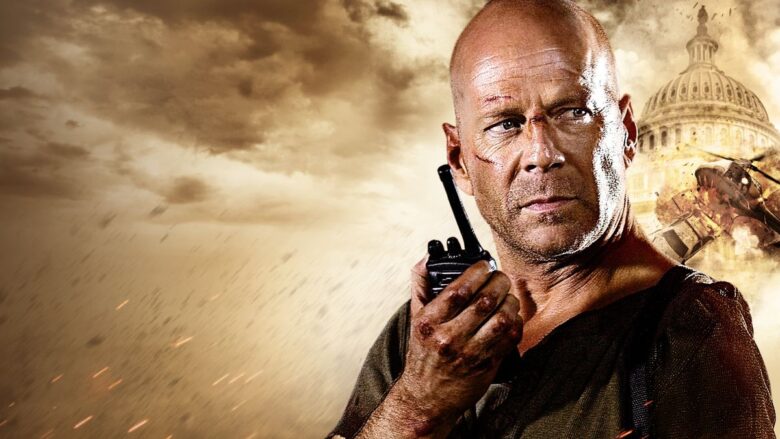
Source: senscritique.com
Characteristics of Hero Archetype
Getting to know the key characteristics that make up this iconic archetype can help us better understand how it has become such a powerful cultural symbol.
Physical Traits
- Brave and courageous demeanor
- Strong build or physical prowess
- Tall stature or above-average height
- Often possessing superhuman capabilities, such as extraordinary speed or strength
Psychological Traits
- Compassionate towards others despite personal adversity
- An unwavering belief in one’s mission
- Defiance of convention, whether societal or moral
- Selfless dedication to helping others
Behavioral Traits
- Upright, noble intentions with no covert agenda
- Steadfast perseverance despite the challenging obstacle
- Ability to inspire hope even in desperate circumstances
- Willingly takes on potentially dangerous tasks
Examples of Hero Archetypes in Literature and Mythology
- Odysseus from Homer’s Odyssey
- Hercules from Greek mythology
- King Arthur from British lore
- Harry Potter from JK Rowling’s books
- Neo from The Matrix Trilogy
- Luke Skywalker from Star Wars
The Journey of the Hero
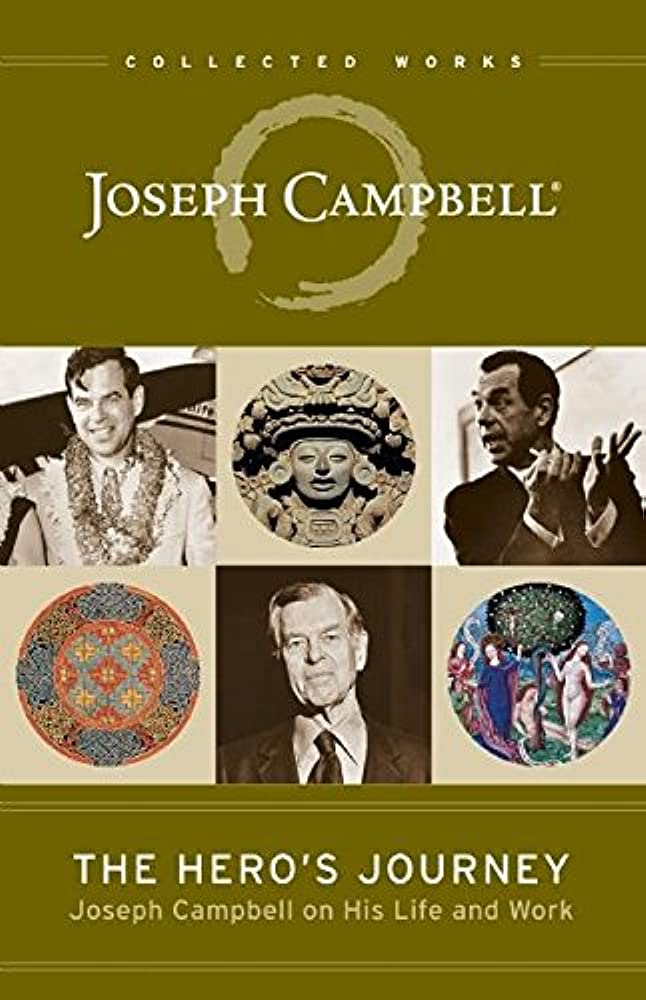
Source: amazon.com
The Hero’s Journey Model by Joseph Campbell
The hero archetype was first proposed by author Joseph Campbell in his 1949 book “The Hero with a Thousand Faces” and is commonly known as the “Hero’s Journey.” This model suggests that the majority of stories follow a typical structural framework that plays out over three distinct phases: departure, initiation, and return.
According to Campbell, the heroes progress through several stages in their quest for knowledge or power, with each stage offering deeper insights and character development along the heroic journey.
Stages of the Hero’s Journey
-
The Ordinary World
The story begins in an ordinary world where all is normal for our protagonist until some sort of event disrupts this balance and forces them onto a journey toward greater understanding or enlightenment.
-
Call to Adventure
Something happens that forces them out of their comfort zone into an unfamiliar environment where they must embrace new challenges if they are to succeed in achieving what they set out to do (e.g., slaying a dragon).
-
Meeting with Mentors/Allies
Along the way, they meet allies who share similar goals, as well as wise mentors who guide how best to tackle the obstacles facing them (e.g., Gandalf from Lord of the Rings).
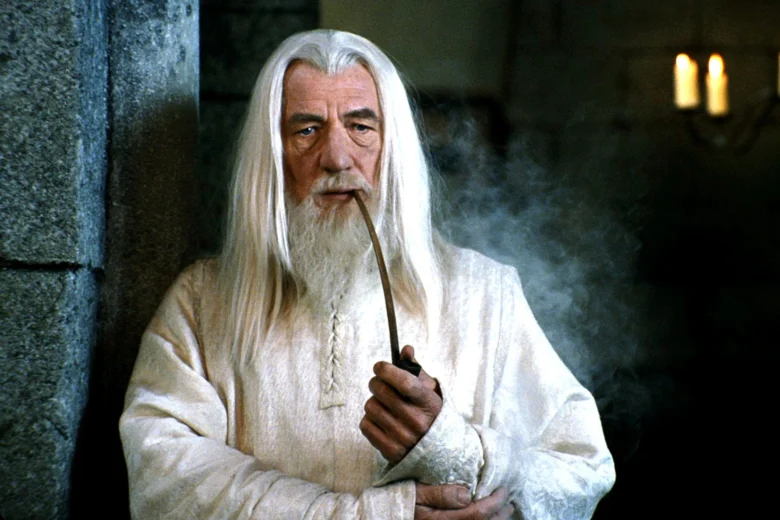
Source: nypost.com
-
Crossing the Threshold
This is when our hero finally crosses into unknown territory leaving their previous existence behind to go forth on a path full of danger and uncertainty but also potential rewards if successful (e.g., entering Mordor in Lord of the Rings).
-
Tests & Challenges
During this stage, tasks that require physical, mental, or spiritual strength will be encountered which will test our hero’s courage and resolve (e.g., Harry Potter fighting against Voldemort).
-
Approaching the Innermost Cave
Also known as ‘the abyss’, this marks the point where our protagonist has to confront their greatest challenge yet, typically in the form of an antagonist or inner demon.
-
Ordeal
This is the moment of truth where they must bravely face their largest fear and come through with success, often at great personal expense.
-
Reward
Following their victorious battle, a new sense of power, wisdom, or clarity is gained from our hero.
-
The Road Back
After having accomplished their mission, the protagonist returns to reality and faces any repercussions from their deeds.
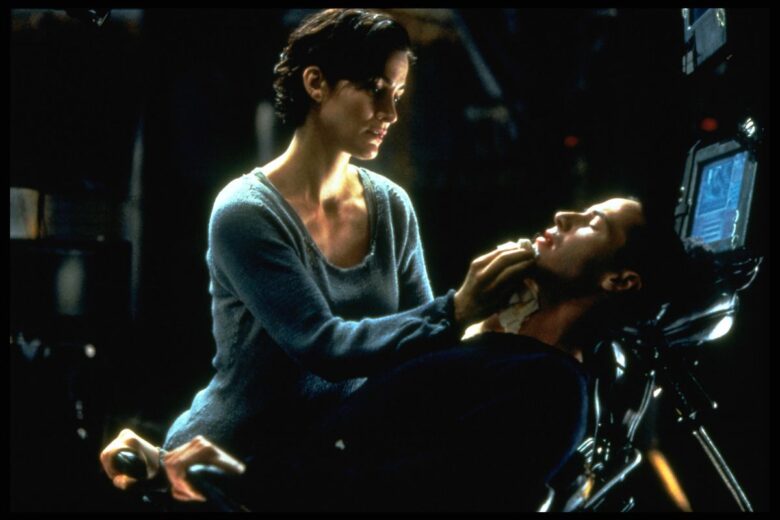
Source: vox.com
-
Resurrection
A symbolic death and rebirth, in which the hero sheds their old self and is transformed into an enlightened individual (e.g., Neo’s transformation from The Matrix).
-
Return with Elixir
After completing their journey, the hero returns to the ordinary world with lessons, powers, or rewards they gained along the way. They will have been changed by their experiences, while also having impacted those around them as a result of their actions – thus closing the cycle of this heroic journey and readying them for what lies ahead.
